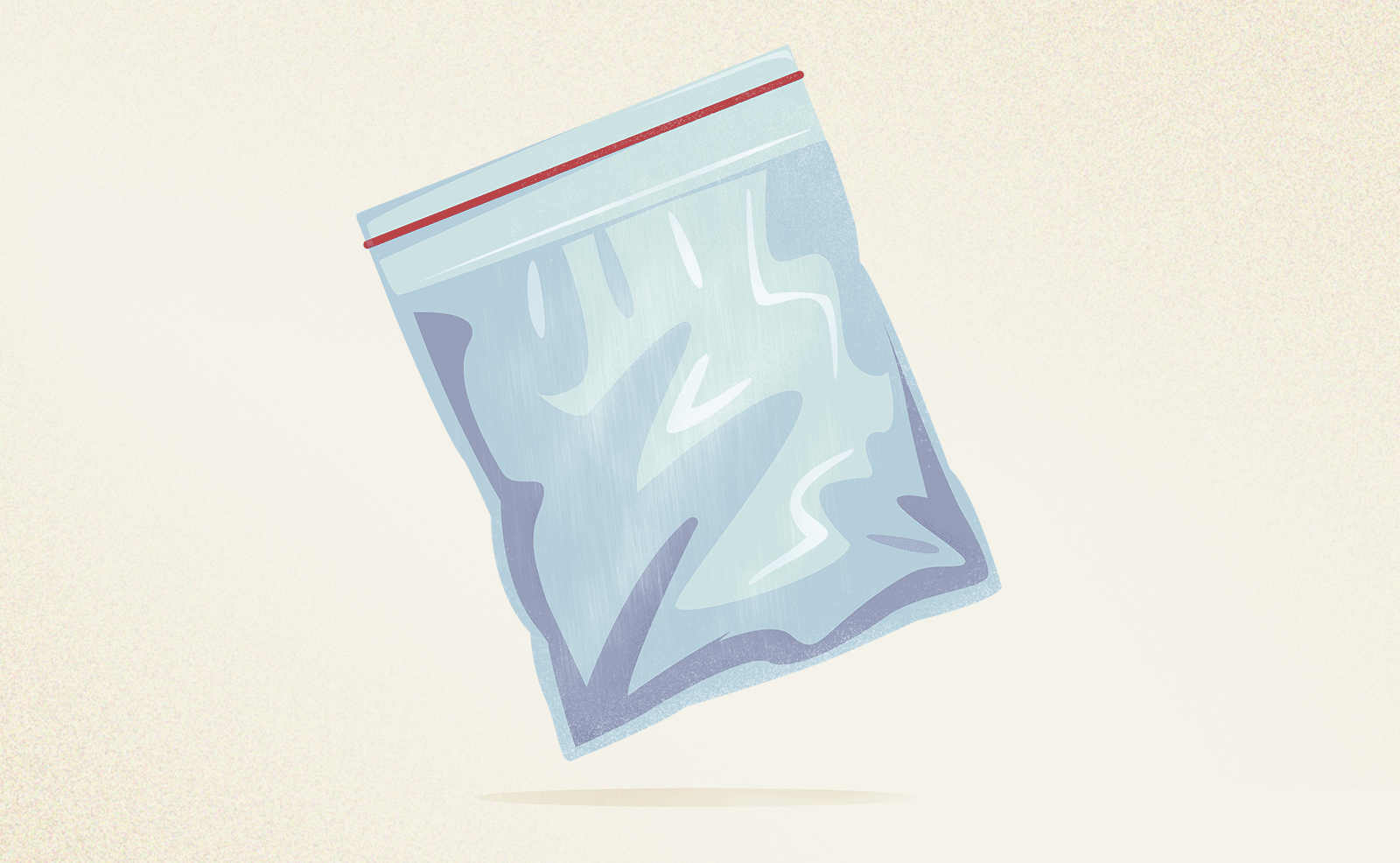Following a seven-day trial in May 2019, a jury awarded $9.2 million to DynaStudy, Inc., a publisher of student review guides. The publisher claimed that employees of a large school district in Texas repeatedly infringed on DynaStudy’s copyrights by covering up the company’s logo and copyright warnings on the review guides and sharing them, as well as reproducing, posting online, and distributing copies of the guides. Several months after the trial, the two parties agreed on a settlement of $7.8 million.
This is an important reminder to all educators that integrity matters.
Besides the ethical issues, knowingly or unknowingly violating copyright laws can have serious legal and financial ramifications on already cash-strapped schools. A spur-of-the-moment decision to run a few copies of a document may have very costly consequences.
Many teachers believe they have fair use protection when using materials for educational purposes. However, this is not always the case.
Fair use is a legal doctrine that allows unlicensed use of copyright-protected works in particular circumstances. The U.S. Copyright Office states, “Courts look at how the party claiming fair use is using copyrighted work, and are more likely to find that nonprofit educational and noncommercial uses are fair. This does not mean, however, that all nonprofit educational and noncommercial uses are fair.” Furthermore, the U.S. Copyright Office explains that “courts look at both the quantity and quality of the copyrighted material that was used” as well as “whether, and to what extent, the unlicensed use harms the existing or future market for the copyright owner’s original work.”
“More Information on Fair Use.” U.S. Copyright Office. Accessed 30 May 2019.
This dilemma presents an opportunity for teachers of excellence to demonstrate diligence and virtue when using outside resources. Just as students must avoid plagiarism, so must teachers stay within the legal boundaries when using copyright-protected materials in their classrooms.
Tips for educators when determining what materials to use:
- Do not assume teachers automatically have fair use protection. Think twice before photocopying, scanning, posting online, and/or distributing unoriginal classroom resources. Just because the material (e.g., short story, review guide, image, video, poem, song, procedure, clipart, worksheet) is being used for an educational purpose does not automatically mean it falls under the fair use doctrine.
- Locate, read, and follow all applicable copyright notices and warnings. Perform due diligence before using someone else’s work in the classroom. For example, some publishers prohibit making any copies of a resource, while others may allow reproduction for a single classroom, but not for entire schools or districts. Public domain materials are those that have expired copyrights or do not meet copyright requirements. Examples include many government-created works and some older pieces of literature and music. Although they can be used without permission, first confirm they are in fact in the public domain.
- Ask the publisher or author for permission if uncertain about whether, and under what circumstances, the materials may be photocopied, stored, or distributed. The copyright owner may be willing to clarify, grant, or extend permissions on a case-by-case basis. The contact information (e.g., email or physical address) is often provided near the copyright notice.
- Learn how copyright laws apply in the classroom. Attend copyright training sessions, complete school-mandated courses, and seek continuing education opportunities. If written guidelines and/or training courses are not currently offered by the school or district, suggest that administrators start doing so. Copyright rules can be complex, and the consequences can be severe.
- Be cautious when accessing educational resources from the Internet. Many copyright-protected materials are illegally posted online. Do not assume the website on which the material is located is the rightful copyright owner of it. Also, a lack of copyright information does not mean the material is not protected.
- Report and remove any infringed materials from classrooms, computers, and school/district websites promptly. Act quickly and responsibly when potential violations arise.
- Be a leader and model integrity at school. Just because fellow teachers or administrators may ignore copyright rules does not mean it is right. As teachers often tell their students, “Everyone else is doing it” is not an acceptable excuse.
Jill Tennant has a master’s degree in education. She has written articles for The Physics Teacher, World Oil, and Woman Engineer.
